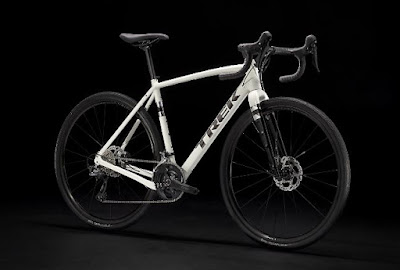As a cyclist, having a reliable floor bike pump is crucial. Whether you’re a beginner or an experienced rider, a good bike pump is essential for maintaining your bike’s tire pressure, ensuring a smooth ride and preventing flat tires. With so many options on the market, it can be challenging to determine which bike pump is the best for your needs. In this blog post, we’ll share the best bike pumps of 2023.
Topeak JoeBlow Sport III
The Topeak JoeBlow Sport III is a reliable and affordable floor pump that delivers high performance. It features a steel barrel and base, a wide handle for comfortable pumping, and a large pressure gauge. With its smart head technology, this pump fits both Presta and Schrader valves, making it easy to use.
Lezyne Steel Floor Drive
The Lezyne Steel Floor Drive is a high-quality pump designed for serious cyclists. It features a steel barrel and base, a wooden handle for a comfortable grip, and a large pressure gauge. The pump is compatible with Presta and Schrader valves and comes with a secure thread-on chuck for a secure and leak-free connection.
Blackburn Chamber HV
The Blackburn Chamber HV is a high-volume pump designed for mountain bikers. It delivers a high volume of air with each stroke, making it easy to inflate larger tires quickly. It features an aluminum barrel and base, an ergonomic handle for comfortable pumping, and a flexible hose for easy access to hard-to-reach valves.









